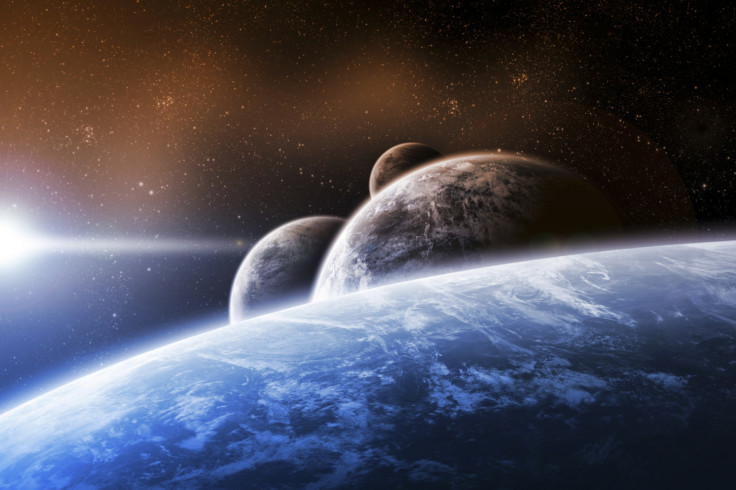Atmosphere rich in water discovered around Neptune-sized world
Exoplanet HAT-P-26b likely formed close to its star.
The atmosphere of a Neptune-sized exoplanet outside our solar system contains water, scientists have discovered.
The discovery could shed light on its formation – and may improve our knowledge of our own solar system formed.
Neptune-sized worlds are among the most common exoplanets in our galaxy. Known as HAT-P-26b, this particular planet was discovered in 2011 and is located about 450 light years away from Earth.
These worlds remain very intriguing to scientists, and they are working hard to learn more about their atmospheric composition.
In a study published in the journal Science, a team has now analysed the atmosphere of HAT-P-26b.
"Out of the thousands exoplanets that have been discovered, Neptune-mass planets are one of the most common type. But HAT-P-26b is one of a handful to have been looked at in such details and to have had its atmosphere studied," lead author Hannah Wakeford told IBTimes UK.
Strong water signature
To conduct this detailed study of the exoplanet's atmosphere, the scientists used data from the Hubble and Spitzer Space Telescopes. They showed that is relatively clear of clouds and they identified very clear signs of water in its atmosphere.

Measuring the abundance of atmospheric water allowed them to determine the planet's metallicity – that is the proportion of elements in the atmosphere heavier than hydrogen and helium.
They found that the amount of these heavy elements was lower than expected. it was more similar that of Jupiter than to that of Neptune – despite having the same size as this ice giant.
These findings about atmospheric composition and metallicity are helpful to understand the formation and evolution of these exoplanets. Here, they suggest that HAT-P-26b got its gaseous envelope late in its formation process, with no significant pollution by impacting debris later on.

"This the first evidence that neptune-mass worlds can form in a different way compared to Neptune (and Uranus) in our own solar system, providing the first insights into how systems can form and evolve in a different manner than our own," Wakeford said.
"This is not a habitable world. However, the more we learn about the formation of planetary systems like this one, the more we can improve our understanding of how our solar system formed and of the habitability of our planets."
© Copyright IBTimes 2025. All rights reserved.






















